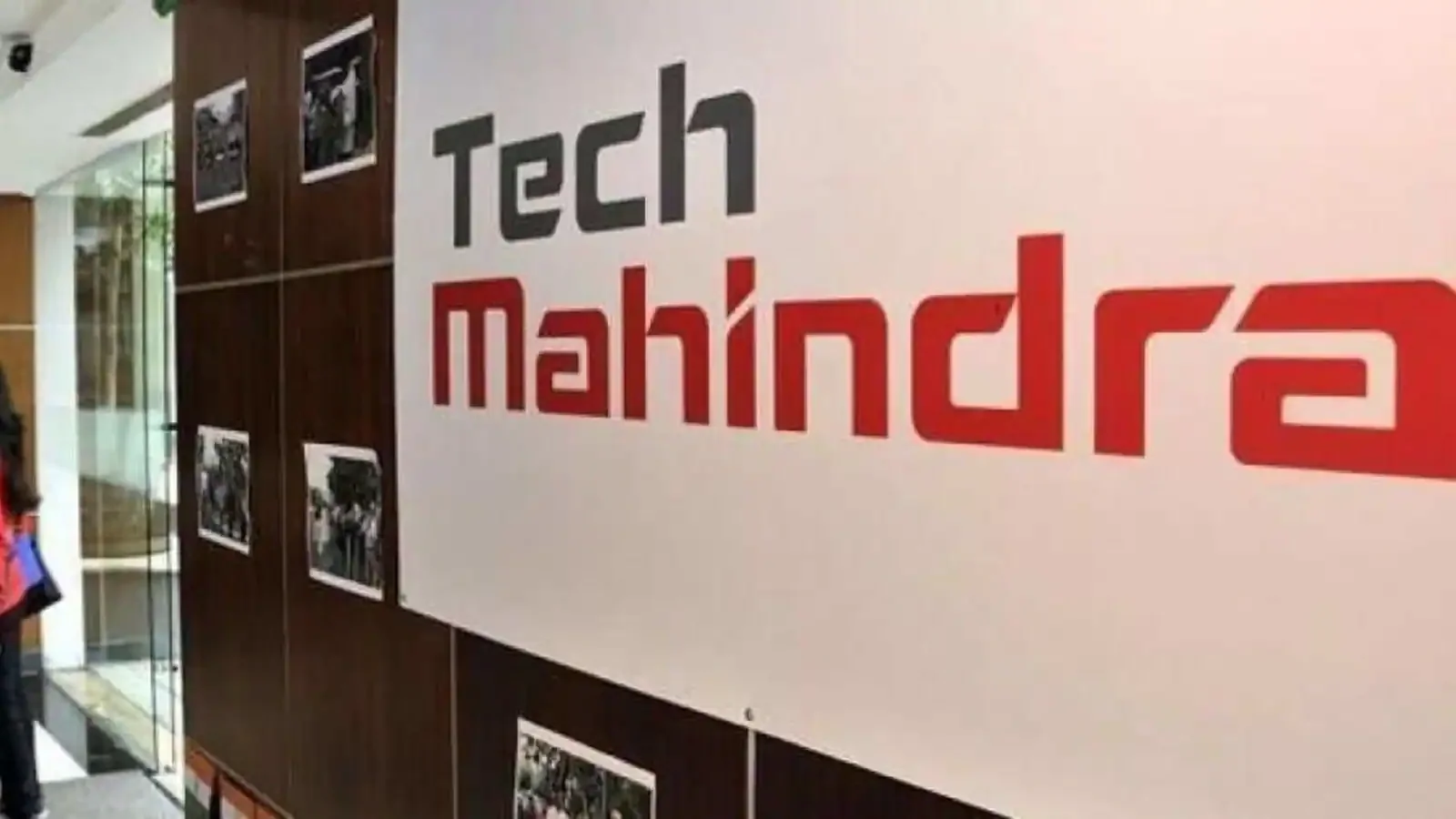Honeywell has just rolled out a new lineup of digital technologies infused with artificial intelligence (AI), aiming to nudge industries from conventional automation towards something far more autonomous. The goal? To bolster OT (Operational Technology) cybersecurity and give a noticeable lift to overall plant efficiency.
Key Takeaways:
- Debuted at the 49th annual Honeywell Users Group (HUG) conference, Honeywell’s new AI-powered solutions are designed to ease the shift from automation to autonomy.
- Cybersecurity innovations include Honeywell Cyber Proactive Defense and the OT Security Operations Center.
- These solutions lean heavily on AI and behavioral analytics to identify, respond to, and neutralize OT cyber threats.
- The Honeywell Digital Prime platform has expanded into a full-scale enterprise solution for pre-deployment testing and project modifications.
- According to a recent survey by Honeywell, 91% of U.S. energy decision-makers see AI as a potential game-changer for energy security, with 85% already integrating or trialing AI.
- Both new cybersecurity tools are available globally now. The upgraded Digital Prime suite will be ready by Q4 2025.
A Closer Look at the Announcement
At this year’s HUG conference, a major event for those in process control and industrial automation, Honeywell introduced the Cyber Proactive Defense and OT Security Operations Center solutions. These aren’t just upgrades—they’re designed to transform how companies approach cybersecurity in operational environments, proactively minimizing risks and supporting round-the-clock, uninterrupted operations.
Alongside this, the Honeywell Digital Prime platform has seen a substantial enhancement. It now serves as a broad, enterprise-grade toolset that allows companies to test and tweak engineering projects before they go live. This preemptive approach helps to minimize downtime and boost throughput when changes are rolled out.
Pramesh Maheshwari, President of Honeywell Process Solutions, put it succinctly: “Industries are seeking AI-enabled, enterprise-wide solutions that adapt and make decisions in dynamic conditions.” He emphasized Honeywell’s ability to help industries rethink how they leverage technology to not only boost efficiency but also stay competitive.
The Shift from Automation to Autonomy
The move from automation to autonomy might sound like a subtle evolution, but it’s fundamentally transformative. Automation handles predefined tasks without much improvisation. It’s precise, dependable—but rigid. Think robotic arms assembling parts on a factory line.
Autonomy, however, is a different animal altogether. It brings in decision-making capabilities, powered by AI, machine learning, and smart sensors. These systems can perceive, process, learn, and adapt. They don’t just execute orders—they make judgment calls based on real-time inputs, optimizing performance and even correcting course when things go off-script. The benefits? Increased efficiency, fewer human errors, and safer operations, particularly in tough or hazardous environments.
Honeywell’s new technologies are squarely aimed at helping industrial players make this leap. With AI at their core, these tools are meant to help operations become not just smarter but more self-sustaining.
AI in Cybersecurity: No Longer Optional
Cyber threats targeting industrial control systems have grown more complex. Unlike traditional IT, OT environments manage physical processes—so a breach here isn’t just about stolen data. It could halt production, damage infrastructure, or worse, pose safety risks.
And as OT systems become more connected—for analytics, remote access, or integration with broader IT networks—new vulnerabilities come into play. That’s where AI steps in. According to Honeywell’s survey of 300 U.S. energy-sector decision-makers, 91% believe AI can enhance energy security, and a striking 85% are already deploying or testing AI.
AI brings several critical benefits:
- Proactive Detection: It can sift through mountains of data to identify threats before they become crises.
- Behavioral Analytics: By learning what’s “normal,” AI can flag anything that deviates.
- Reduced False Positives: More accurate alerts mean less noise and more actionable insight.
- Automated Response: AI can sometimes act autonomously to stop or contain threats.
- Adaptability: It keeps learning, staying ahead of evolving threats.
Honeywell’s Dual-Pronged Cybersecurity Offering
1. Honeywell Cyber Proactive Defense:
This solution is crafted to get ahead of cyber threats in industrial settings. It employs AI to understand what normal OT behavior looks like, so it can quickly recognize and respond to anything suspicious.
- Deception Technology: This uses fake assets (“honeypots”) to lure in and study cyber attackers, gathering intelligence without putting real systems at risk.
- Actionable Insights: Alerts are paired with clear, contextual information to help teams respond effectively.
2. OT Security Operations Center:
Built as a service rather than a product, this is designed to work across a range of OT setups without needing software agents on each device.
- Agentless Monitoring: This minimizes disruption and is ideal for OT systems where installing agents isn’t feasible.
- 24/7 Coverage: Round-the-clock monitoring ensures no attack slips through unnoticed.
- On-Site Support: When incidents occur, Honeywell experts can step in directly to manage the response, adding a vital human layer.
Both services are now globally available.
Honeywell Digital Prime Ecosystem: Now More Unified
Honeywell has also integrated three of its core service programs into the Digital Prime platform:
- SESP (Solution Enhancement Support Program): Prevents system obsolescence by keeping automation tech updated.
- Enabled Services: Subscription-based diagnostics and remote management tools.
- Assurance 360: Outcome-focused service agreements targeting performance and lifecycle cost reduction.
This integration means a single platform can now deliver near real-time insights, system-wide optimization, and easier maintenance management. One key advantage? It reduces dependence on highly specialized staff—something many industries are struggling to maintain as experienced workers retire.
Looking Ahead
These announcements aren’t just incremental updates. They reflect a larger industry trend where data, AI, and software are becoming just as important as physical machinery. The promise of autonomy is about more than reducing labor—it’s about unlocking higher performance, greater resilience, and deeper operational intelligence.
Whether it’s optimizing energy usage, predicting failures before they happen, or countering threats in real time, Honeywell’s latest suite is designed to be an industrial partner for the future—nimble, intelligent, and prepared for the unknown.
FAQs: Honeywell’s New AI Suite
Q1: What is the main goal of these technologies?
To help industries transition from automation to autonomy, using AI to enhance safety, efficiency, and system reliability.
Q2: What cybersecurity tools were announced?
Honeywell Cyber Proactive Defense and the OT Security Operations Center.
Q3: How does Cyber Proactive Defense work?
It applies AI and behavioral analytics to detect threats early, using tools like deception technology to draw out and study attackers safely.
Q4: What sets the OT Security Operations Center apart?
It provides agentless, 24/7 monitoring and on-site response tailored specifically for OT systems.
Q5: What’s in the new Digital Prime Ecosystem?
A merger of SESP, Enabled Services, and Assurance 360—designed to streamline maintenance and performance optimization across enterprises.
Q6: When can companies get these tools?
The cybersecurity tools are available now; the updated Digital Prime will launch in Q4 2025.
Q7: Why is AI so critical to industrial cybersecurity?
Because AI can proactively detect, adapt to, and respond to threats faster and more precisely than manual systems.
Q8: What’s the difference between automation and autonomy?
Automation follows predefined tasks; autonomy involves intelligent decision-making and adaptability without constant human input.
Q9: What is deception technology?
It places decoy systems in the network to attract attackers, helping teams analyze tactics without risking real operations.
Q10: What are the benefits of the Digital Prime upgrade?
Real-time insights, fewer downtimes, streamlined operations, and less dependency on veteran technical personnel.


















